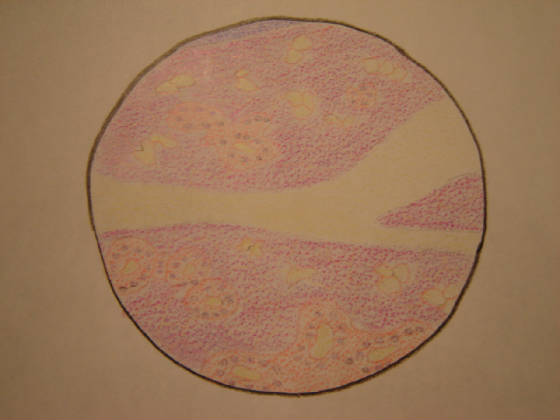|
The major salivary glands are the parotid, submandibular or sub maxillary, and sublingual glands.
They are all found in or around the mouth and throat and secrete saliva into the mouth. The parotid secretes saliva through
tubes that drain the saliva, the sub maxillary from under your tongue, and the sublingual through ducts at the bottom of your
mouth. Saliva is a mixture of water, electrolytes, mucus and enzymes used to moisten the mouth, instigate digestion, and protect
teeth from decaying. Aside from these three glands, there are also smaller glands located in the lips, inner cheeks and other
areas of the mouth and throat that secrete saliva. These are called minor salivary glands. The autonomic nervous system controls
the volume and the type of saliva secreted. There are serous and mucous secretions: serous secretions are watery and contain
almost no mucous, while mucous secretions are very rich secretions. The submaxillary gland produces a mixture of the two.
Saliva mixes with food during eating to create bolus, which easily moves through the oesophagus into the stomach for further
digestion. At the same time, saliva keeps the mouth relatively clean by removing any residing food particles. In addition,
saliva begins the digestive process, because it contains amylase which breaks down carbohydrates into a simpler form.
|






